We recently connected with Claudia Virginia Vitari and have shared our conversation below.
Claudia Virginia, appreciate you joining us today. What’s been the most meaningful project you’ve worked on?
I have always focused my attention on social issues that have to do with “marginality” and the forms of normalisation carried out by institutions, giving life to long research projects and experimentation with materials and languages under the banner of a broad relational and participatory approach.
My projects are based on a study of “total institutions” (E. Goffman) evoking the confrontation between individual stories and the institution within societal boundaries, as part and a mirror of society itself.
I deliberately select groups that are outside of our everyday gaze. I have been working with inmates in Italy (PERCORSOGALERA was realized in 2009 inside Turin’s penitentiary), people being hospitalized in mental health facilities in Halle an der Saale in Germany (Melancholie, 2002), collaborating with “Radio Nikosia” in Barcelona, the first Spanish radio station organized by people who have been diagnosed with mental diseases (Le Città Invisibili, 2012-13) and political refugees and asylum seeking people in Berlin (Identità Interstiziali, 2014-ongoing project).
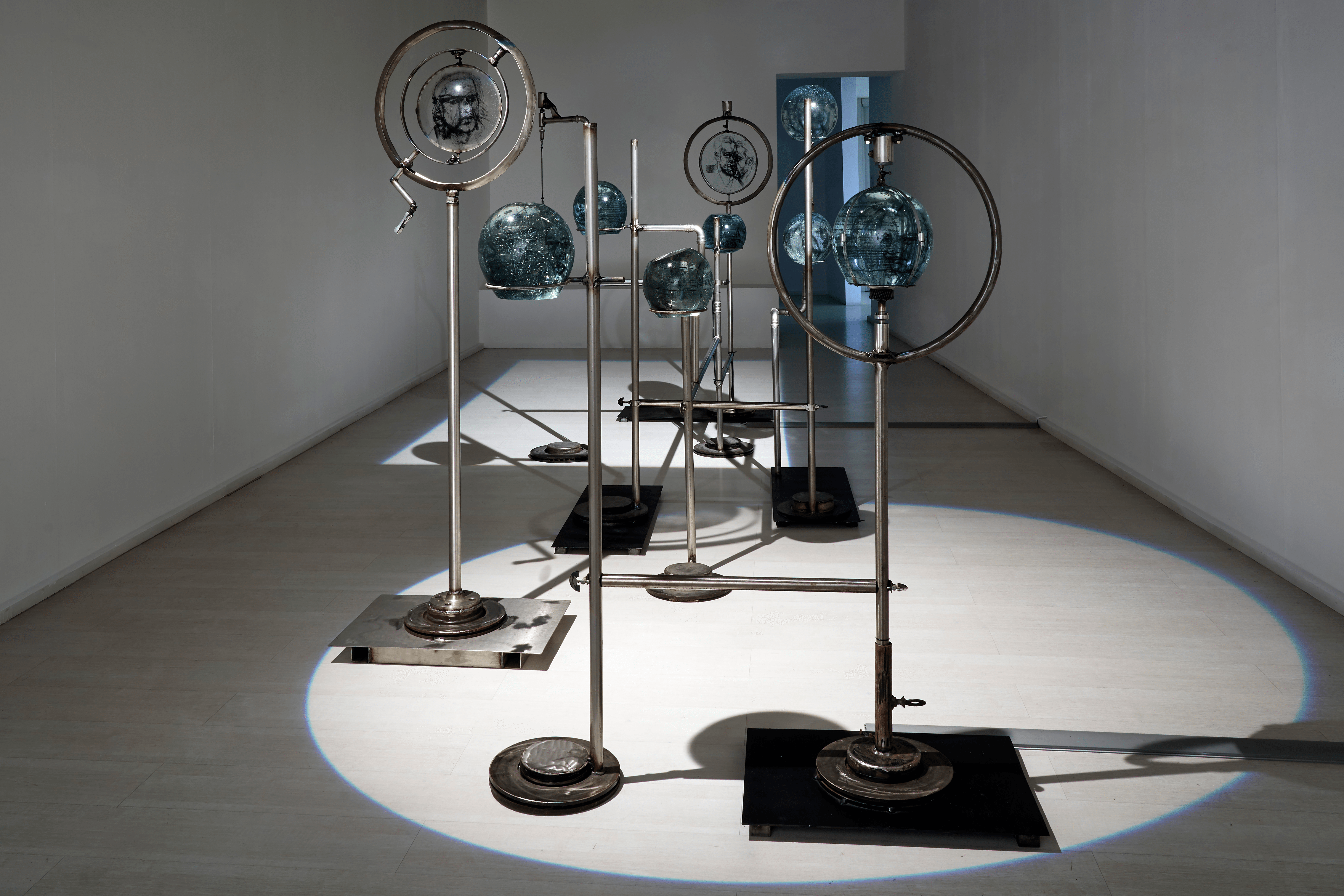
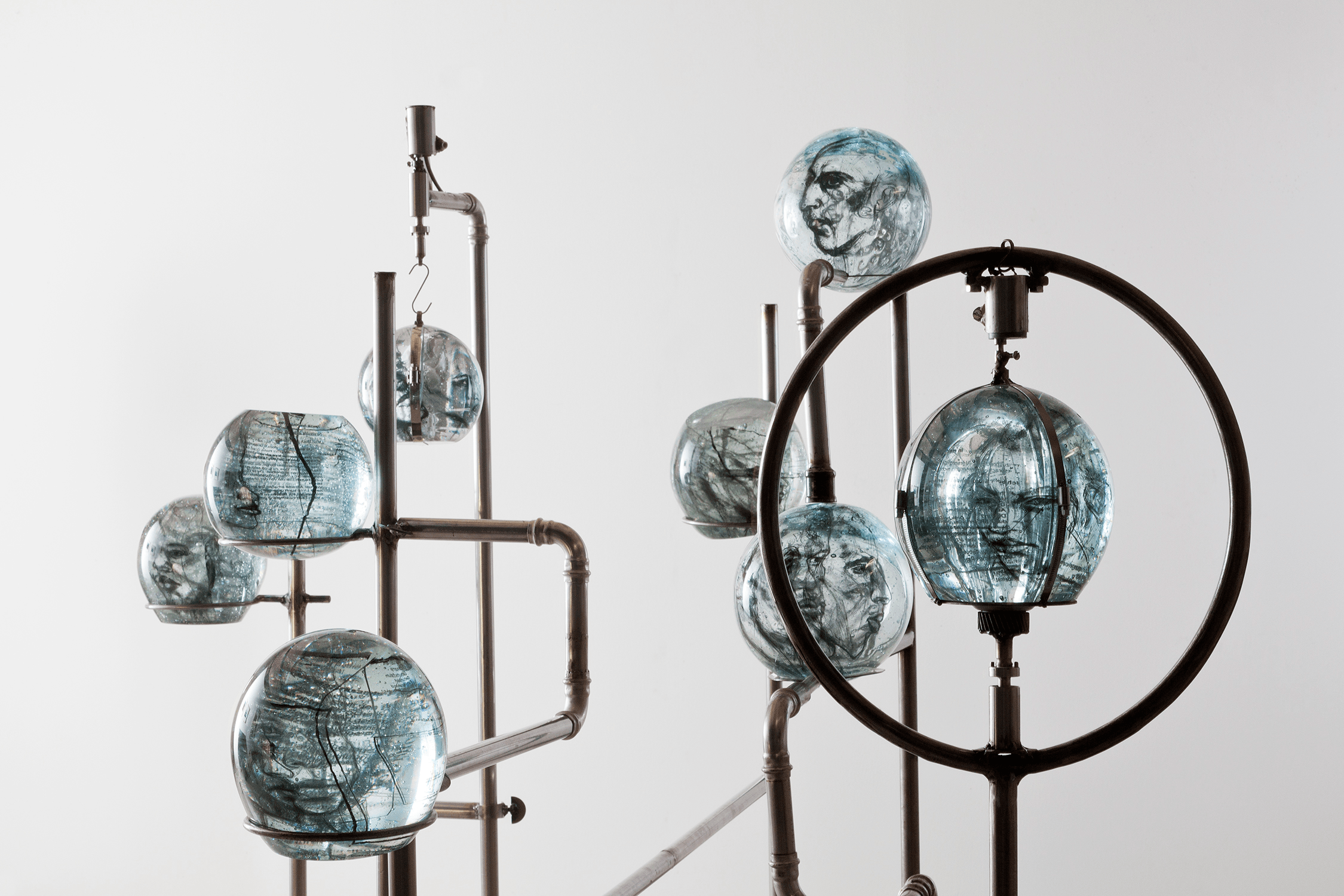
Claudia Virginia, before we move on to more of these sorts of questions, can you take some time to bring our readers up to speed on you and what you do?
I think that art is a form of communication. It is to me a medium to make visible what is invisible, working with marginalised situations and showing how they are fundamental to understanding the society in which we live.
I am originally from Italy but I studied in Germany and lived in different countries in Europe.
During my early years of studies at the University of Burg Giebichenstein in Halle an der Saale (Germany) I was exploring the topic of melancholy out of curiosity and personal reasons, when a professor suggested me to collaborate in a participatory artproject, visiting some people diagnosed with depression who were being treated at the hospital in Halle an der Saale at the time. This project (Melancholie) marked the way I approached art throughout my career. I decided that I wanted not only to talk about myself , but about myself in realation with others, within the society in which we live, pointing out its limitations and bringing hidden truths to light.
When I start working on a project, I look for groups at risk of exclusion and conduct research and interviews for years, combining my artistic approach with activism. I always begin by analysing the subject, focusing on different cultural points of view: a historical examination, a mix of philosophy and sociology related literature (Foucault, Fanon, Goffman among others) as well as narrative-based and more informal texts. All this represents the resonance of our attitudes, values, and conceptual approaches built up over time that continue to shape the way we think.
Then I begin to document single stories, asking the affected people, of whom I create portraits and sculptures to describe themselves. Their stories do not only connect to individual misfortunes but are condensed to a variety of voices with the aim of sharpening our senses for the realization of other perspectives.
Equally as cautious as the approach, is the choice of materials and techniques with the main focus being on visualizing and crystallizing the stories.
Light, glass, iron, plaster are the major elements. Portraits, notes and quotations are put onto the transparent material via screen printing. The individual layers are cast in sculptures and back-lit or shaped in the hot-shop. Similar to a diary these documents offer a view of the individual narratives that seem fragile as well as fading. I try to enable the stories to speak without judging or taking up a position, always focusing on respecting the person.
It is possible to see through the transparency, and the installation assumes the function of a “lens” that allows one to see reality through the stories collected inside the glass.
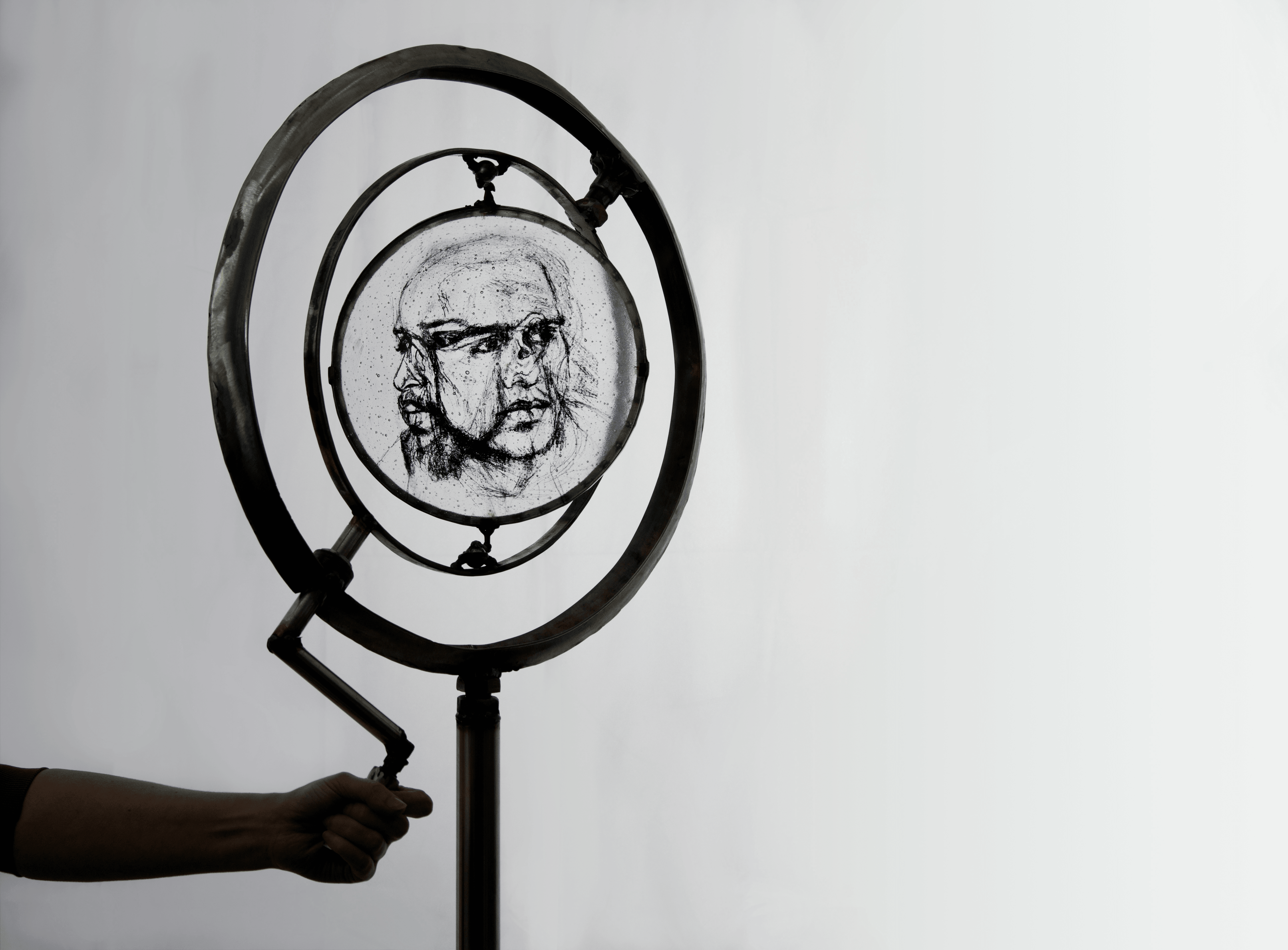
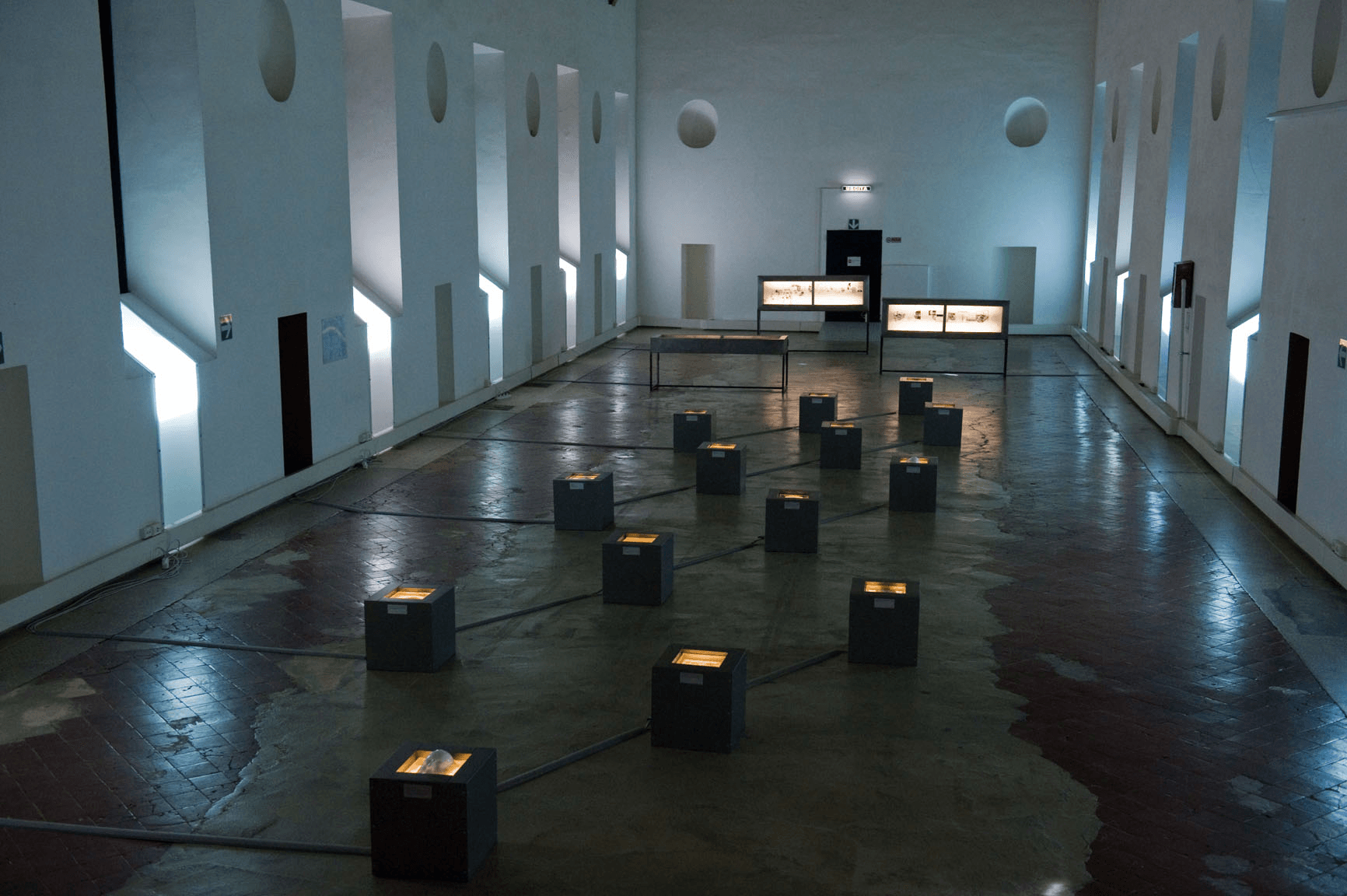
Have any books or other resources had a big impact on you?
books:
Erving Goffman – Asylums
Frantz Fanon – Black Skin, White Masks
Frantz Fanon – The Wretched of the Earth
Michel Foucalt – Discipline and Punish: The Birth of the Prison
And in general Kafka, Pirandello, Camus, Sartre
Films:
I love many directors like Ken Loach, Lars von Trier, Vinterberg, Bergman, Antonioni, Kubrick, Kaurismäki, but a movie wich impacted me a lot and my way of thinking is The Seed of Man by Marco Ferreri.

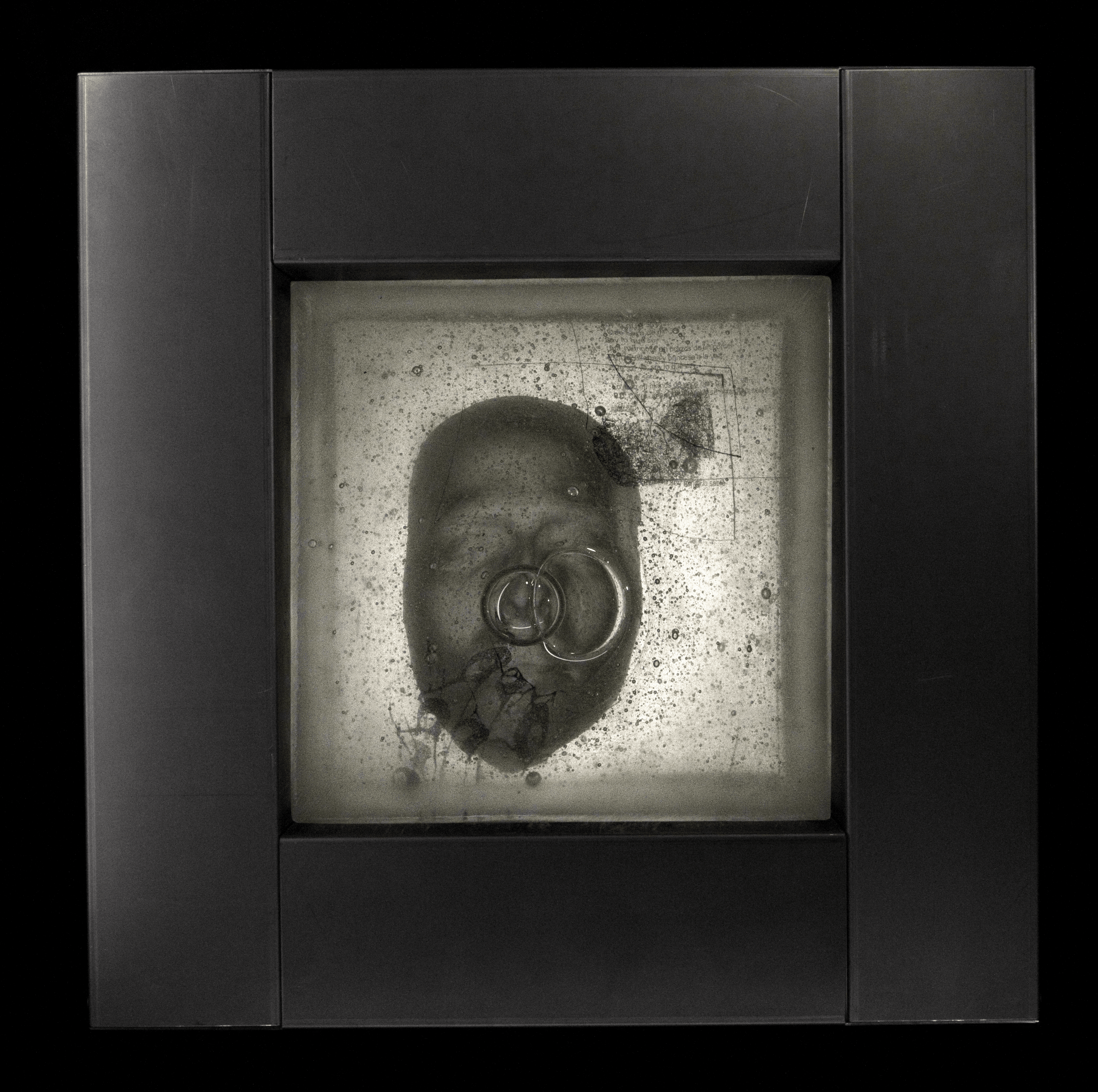
Can you share a story from your journey that illustrates your resilience?
During about one and a half years I had the opportunity to visit some inmates residing in Turin (Italy) penitentiary. The
installation PERCORSOGALERA (Prison Path) was displayed in the prison, in the presence of the incarcerated people I had met and interviewed.
Prison is Kafkaesque: everything is done by written request and you only figure out over time how to “juggle” so that the bureaucracy does not become interminable. After a series of vicissitudes, Superintendent C, who was working inside the prison, began to follow my project closely, allowing me to go whenever I wanted and to interview and portray the inmates.
One of the best memories was when Mr. S. , who was an inmate, invited me to his section to eat pizza with him and some other guys. At this section they had their own kitchen, and they were celebrating the fact that they had been sent a special ingredient called ‘nduja, directly from Calabria (south Italy).
“The yeast is dry,” explained Mr. S, “you can’t find fresh yeast in prison.”
Contact Info:
- Website: https://www.claudiavitari.com
- Instagram: https://www.instagram.com/claudia_virginia_vitari/?img_index=1
- Facebook: https://www.facebook.com/ClaudiaVitari

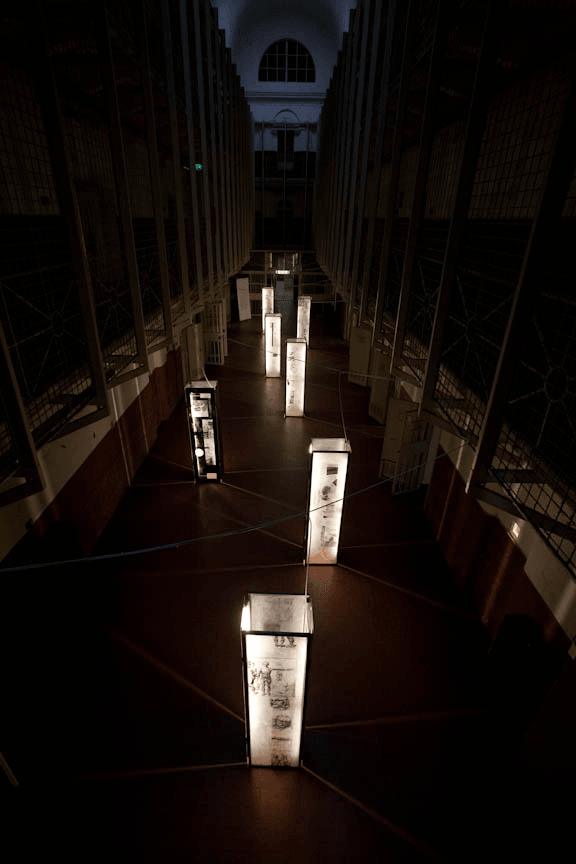
Image Credits
Michele Casagrande
Alexander Schippel
Lukas Kuich
Alberto Giachino
Janine Mapurunga


